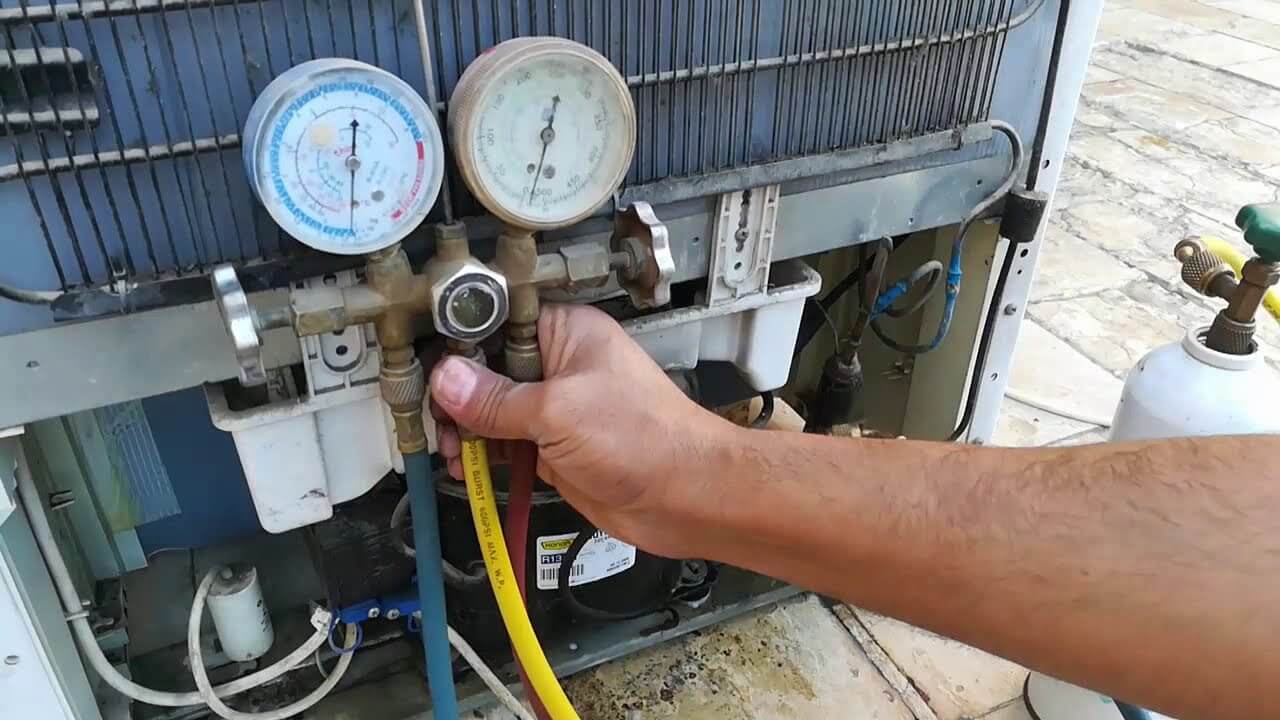Understanding Fire Risk Safety Assessment
A fire risk safety assessment is a crucial process designed to identify and mitigate potential fire hazards. This assessment helps ensure that your property, whether residential or commercial, is equipped to handle fire emergencies effectively. By proactively addressing fire risks, you can protect lives and property from the devastating effects of fires.
Key Components of a Fire Risk Safety Assessment
1. Identifying Fire Hazards
The first step in a fire risk safety assessment is identifying potential fire hazards. These can include flammable materials, faulty wiring, or obstructed fire exits. Each hazard needs to be carefully documented and evaluated for its risk level.
2. Evaluating the Risks
Once hazards are identified, the next step is evaluating the risks associated with each one. This involves assessing the likelihood of a fire starting and the potential impact it could have. For instance, an overloaded electrical socket poses a higher risk than a dusty storage area.
3. Assessing Existing Fire Safety Measures
Evaluate the current fire safety measures in place. This includes checking fire alarms, sprinklers, fire extinguishers, and emergency lighting. Ensure that these systems are operational and up-to-date.
4. Implementing Risk Control Measures
Based on the assessment, implement risk control measures to reduce or eliminate identified hazards. This might involve installing additional fire safety equipment, improving emergency exit routes, or conducting regular fire drills.
5. Developing an Emergency Plan
An effective fire risk safety assessment should include developing a comprehensive emergency plan. This plan should outline evacuation procedures, designate emergency contacts, and provide instructions for dealing with different types of fire scenarios.
6. Training and Awareness
Ensure that all occupants are trained in fire safety procedures. Regular training sessions and fire drills help keep everyone informed and prepared for potential emergencies.
Importance of Regular Fire Risk Safety Assessments
Regular fire risk safety assessments are essential for maintaining a safe environment. Fires can occur unexpectedly, and having an up-to-date assessment helps ensure that all safety measures are effective. Regular reviews also allow for adjustments based on changes in the property or operations.
Conclusion
A fire risk safety assessment is vital for preventing and managing fire hazards. By identifying risks, evaluating existing measures, and implementing effective control strategies, you can significantly enhance fire safety. Regular assessments and continuous improvements will help protect your property and ensure the safety of all occupants.



